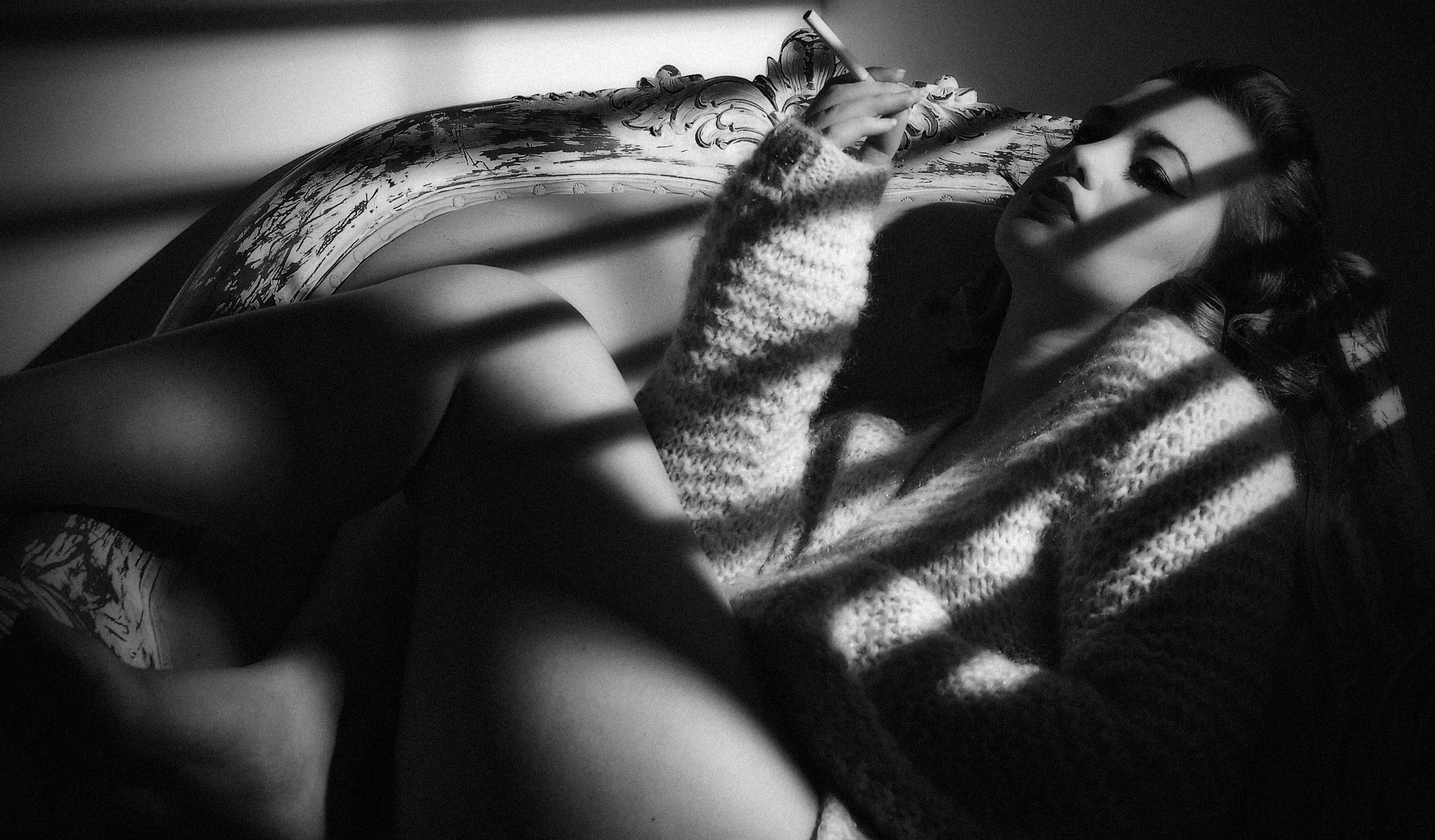In a film noir, the reason of using the low key lighting is to show the high-contrast among the characters to give audiences a sense of corrupted characters, social malaise, pessimism, suspicion and also blurred morals that the characters have.
The characters in the film noir are usually unclear where half of their face or body is in shadows and another half is fragmented. Other than the low-key lighting, film noir also used German Expressionistic to give distorted effects on the characters by

creating a dark mise-en-scene and also lots of oblique vertical and horizontal lines. This visual has given the audiences know that the characters in the film are corrupted, they are cynical and pessimism.
In addition, in film noir there are always have locations such as alleyways, cramped corridors and the setting is city-bound, comprising of rain-washed roads and dimly-lit interiors. Most of the time, the shots in the film are tightly framed and often with extreme camera angles to show the abnormal and also to feature of the world of criminal, fearful and greed.
It was during the WWII when film noir was being generated where the men had to fight for the country and the women had start to go out from their house and working. Film noir is about power relations and sexual identity
On the other hand for male characters, film noir features men as very manly, greedy and they are suffered from psychological damages as their position in the society is changing because of the war. Film noir intention to send the women back to the home and not to work so that the men can continue their job as being the one who earn money to raise the family. The men in film noir are relying on female for his subjectivity. The male character(s) in film noir usually are hard boiled antihero who is very tough, street smart.
Some say film noir are tales of criminal motives but film noir is not about investigating a murder, although it might as first appear to be
Film noir usually features a narration which it’s about which voice is going to gain control over the storytelling and control over the image of the woman in the end of the film.


